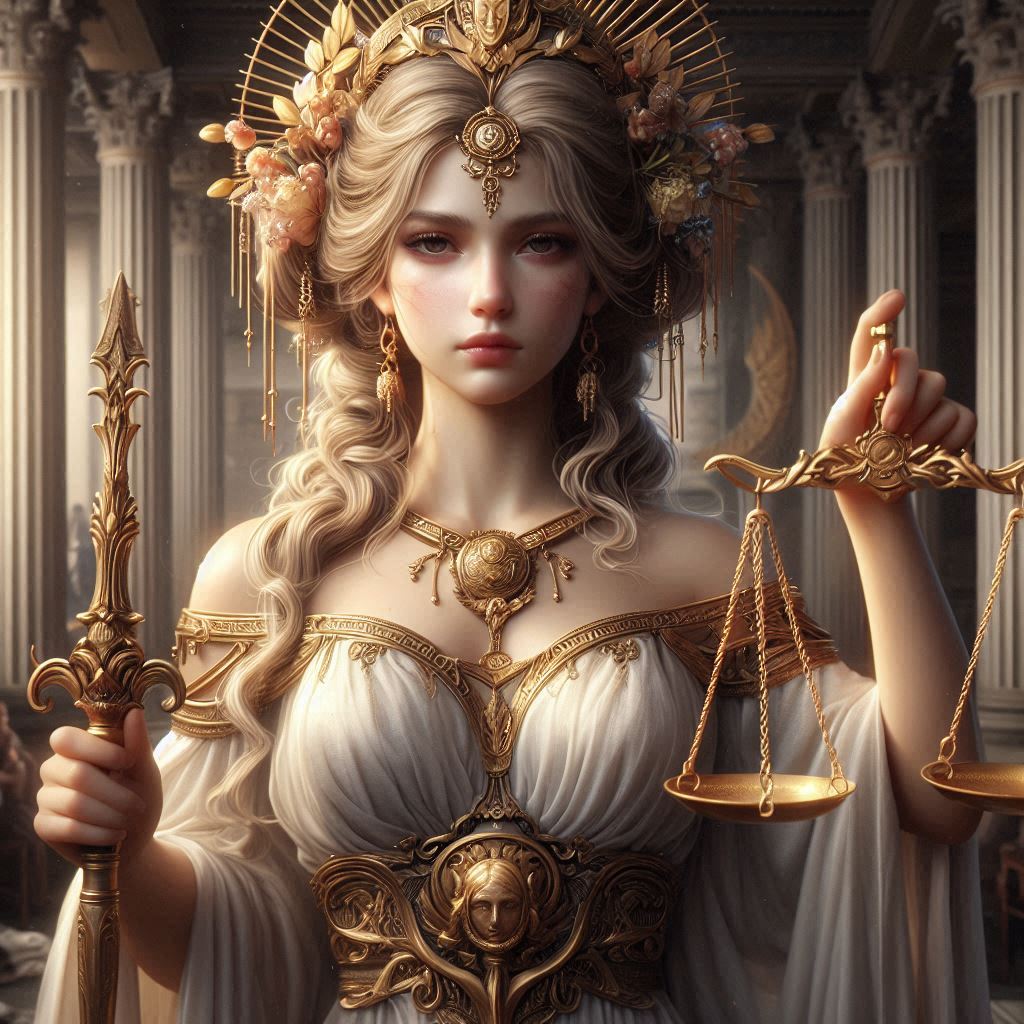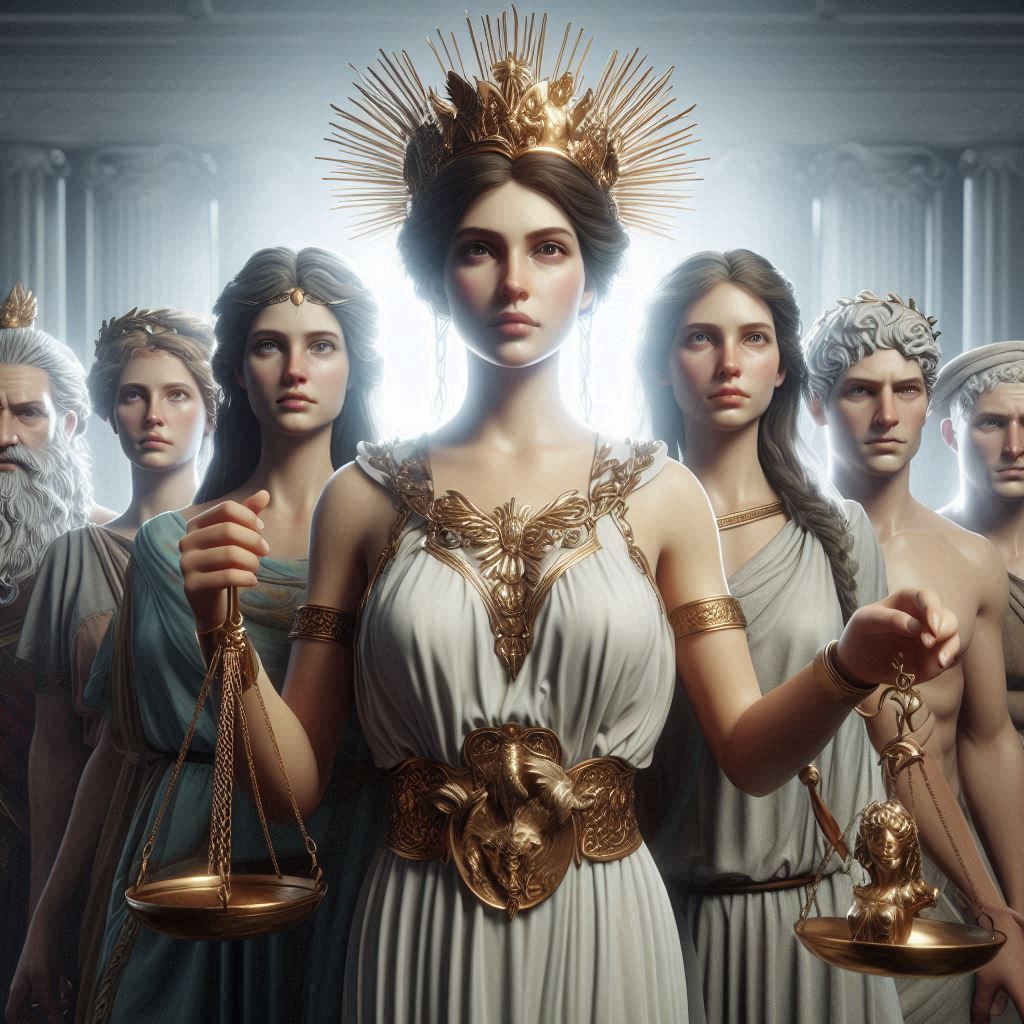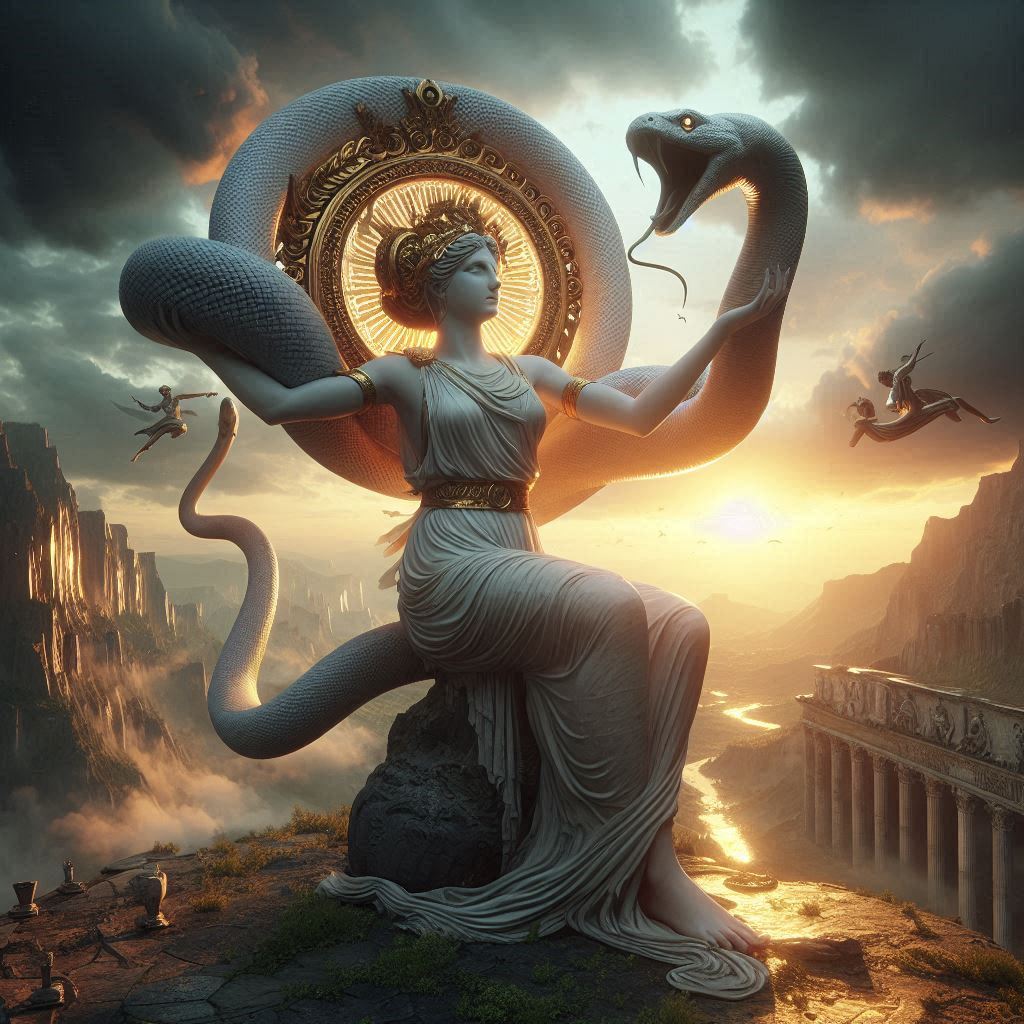Table of Contents
The Hidden Meanings of The Wizard of Oz
The Wonderful Wizard of Oz, written by L. Frank Baum in 1900 and popularized by the 1939 MGM film, is often regarded as a simple children’s fairy tale. However, many scholars and theorists have suggested that the story contains deeper allegorical meanings, ranging from political satire to spiritual symbolism. This essay explores some of the most prominent interpretations of The Wizard of Oz, examining its potential hidden messages.

1. The Populist Allegory (Political Interpretation)
One of the most widely discussed theories is that The Wizard of Oz is an allegory for the late 19th-century Populist Movement in the United States. Historian Henry Littlefield first proposed this idea in 1964, arguing that Baum’s story symbolizes the economic and political struggles of the 1890s, particularly the debate over monetary policy.
- Dorothy – Represents the common American people, naive but good-hearted.
- The Yellow Brick Road – Symbolizes the gold standard, which many farmers and workers opposed.
- The Silver Shoes (changed to ruby in the film) – Allude to the Populist demand for bimetallism (using both gold and silver as currency).
- The Scarecrow – Embodies farmers, who were often mocked as ignorant but were actually wise.
- The Tin Man – Represents industrial workers, dehumanized by factory labor.
- The Cowardly Lion – Stands for William Jennings Bryan, a Populist leader whose loud roar (speeches) lacked real political power.
- The Wizard – Symbolizes fraudulent political leaders (like presidents or bankers) who hide behind illusions.
- The Wicked Witch of the East – May represent oppressive industrialists, while the Wicked Witch of the West could symbolize harsh natural forces (like droughts).
- Oz (the abbreviation for ounce, a measurement of gold) – Reinforces the monetary theme.
While Baum never confirmed this interpretation, the parallels are striking, suggesting that The Wizard of Oz may have been a subtle critique of Gilded Age politics.
2. Spiritual and Psychological Symbolism
Another layer of meaning in The Wizard of Oz relates to personal growth and spiritual enlightenment. Some view Dorothy’s journey as an allegory for self-discovery, where each character embodies an aspect of human psychology or spirituality.
- Dorothy’s Journey – Represents the soul’s quest for meaning and home (a return to one’s true self).
- The Scarecrow, Tin Man, and Lion – Symbolize the search for wisdom, love, and courage, which Dorothy helps them realize they already possess.
- The Wizard – Acts as a false god or ego, showing that true power comes from within.
- The Emerald City – May represent illusion (the green tint of glasses suggesting deception).
- Kansas vs. Oz – Contrasts the mundane (physical world) with the magical (spiritual realm).
This interpretation aligns with Joseph Campbell’s “Hero’s Journey,” where Dorothy undergoes trials, gains wisdom, and returns transformed.
3. Feminist Interpretations
Some scholars argue that The Wizard of Oz carries feminist themes, particularly in its portrayal of strong female characters.
- Dorothy – An independent girl who solves problems without relying on men.
- The Witches – Represent different aspects of female power: the Good Witch (benevolent guidance) and the Wicked Witches (uncontrolled or feared female authority).
- The Lack of Male Authority – The Wizard is exposed as a fraud, while women hold real power in Oz.
Baum’s mother-in-law, Matilda Joslyn Gage, was a prominent suffragist, which may have influenced his progressive views on gender.
4. Theosophical and Occult Symbolism
Some scholars argue that Baum’s story reflects esoteric and mystical ideas, particularly those from Theosophy—a spiritual movement popular in the late 19th century that sought universal wisdom in ancient religions.
- The Emerald City – Represents the “Emerald Tablet” of Hermeticism, symbolizing divine wisdom.
- The Yellow Brick Road – A path of spiritual initiation, akin to the “Golden Path” in mystical traditions.
- Dorothy’s Silver Shoes (Ruby in the film) – Silver was sacred in Theosophy, symbolizing higher consciousness (while ruby slippers may represent life force or passion).
- The Cyclone – A metaphor for spiritual upheaval, transporting Dorothy to a higher plane of existence (Oz as an astral realm).
- Glinda the Good Witch – Resembles a spiritual guide or ascended master.
Baum and his wife were active in the Theosophical Society, making this interpretation plausible.
5. Economic and Labor Struggles (Marxist Reading)
A Marxist critique sees The Wizard of Oz as a commentary on class struggle and worker exploitation during industrialization.
- The Tin Man – A symbol of dehumanized factory workers, rusted (unemployed) and in need of oil (wages).
- The Scarecrow – Represents oppressed farmers, brainwashed into believing they lack intelligence.
- The Cowardly Lion – The ineffective labor movement, full of sound and fury but lacking real power.
- The Wizard – The capitalist elite, maintaining power through deception.
- The Flying Monkeys – Symbolize exploited workers forced to do the Witch’s (corporations’) bidding.
- Dorothy’s Defeat of the Witches – A proletarian revolution overthrowing oppressive forces.
This reading aligns with the Populist interpretation but focuses more on class conflict than monetary policy.
6. American Identity and Utopianism
Some view Oz as a utopian (or dystopian) reflection of America itself, exploring themes of self-reliance and national identity.
- Oz as a Mirror of America – The different regions (Munchkin Country, Winkie Country, etc.) represent cultural and political divisions.
- The Wizard as a Fraudulent Leader – Critiques blind faith in political authority (similar to critiques of American exceptionalism).
- Dorothy’s Return to Kansas – Suggests that true fulfillment lies in simplicity and home, not in fantastical promises.
- The Wicked Witches as Oppressors – Could symbolize external or internal threats to American ideals.
This reading frames The Wizard of Oz as a uniquely American fairy tale, questioning national myths while celebrating resilience.
7. Psychological and Freudian Analysis
A Freudian interpretation examines the story through the lens of subconscious desires and fears.
- Dorothy’s Journey – Represents a child’s passage into adulthood, facing subconscious fears.
- The Wicked Witch of the West – A manifestation of repressed anger or maternal authority.
- The Cowardly Lion – Symbolizes anxiety or lack of confidence.
- The Scarecrow and Tin Man – Represent intellectual and emotional insecurities.
- The Wizard – The superego, an imposing but ultimately hollow authority figure.
- Kansas as Reality, Oz as Dream – Suggests that Dorothy’s adventure is a subconscious escape from hardship.
This reading sees the story as a psychological coming-of-age tale.
8. Religious Allegory (Christian Interpretations)
Some have drawn parallels between The Wizard of Oz and Christian themes.
- Dorothy – An innocent soul on a divine journey.
- The Yellow Brick Road – The path to salvation.
- The Wizard – A false god, contrasted with the true goodness of Glinda (a Christ-like figure).
- The Wicked Witches – Represent sin or demonic forces.
- The Emerald City – A false paradise (like materialism masking true faith).
- Dorothy’s Return Home – Symbolizes spiritual rebirth or entering heaven.
While Baum was not overtly religious, the story’s moral structure allows for this reading.
9. Disability and Representation Theory
Modern scholars have analyzed how the Scarecrow, Tin Man, and Lion reflect perceptions of disability.
- The Scarecrow (“If I Only Had a Brain”) – Challenges assumptions about intellectual disability.
- The Tin Man (“If I Only Had a Heart”) – Represents emotional numbness (possibly linked to PTSD or depression).
- The Lion (“If I Only Had the Nerve”) – Embodies anxiety disorders.
- Their “Cures” Are Placebos – The Wizard gives them symbolic tokens, suggesting disability is socially constructed.
This interpretation highlights how society marginalizes those perceived as lacking ability.
Conclusion
Whether read as a political satire, a spiritual allegory, or a feminist tale, The Wizard of Oz is far more than a simple children’s story. Its rich symbolism allows for multiple interpretations, making it a timeless work that continues to inspire analysis. While Baum claimed he merely wanted to write an entertaining fairy tale, the depth of his storytelling ensures that The Wizard of Oz remains a subject of fascination for scholars and fans alike.
Final Thought
Perhaps the greatest lesson of The Wizard of Oz is that the answers we seek—whether political, spiritual, or personal—are often within us all along, just like Dorothy’s power to return home.


No responses yet